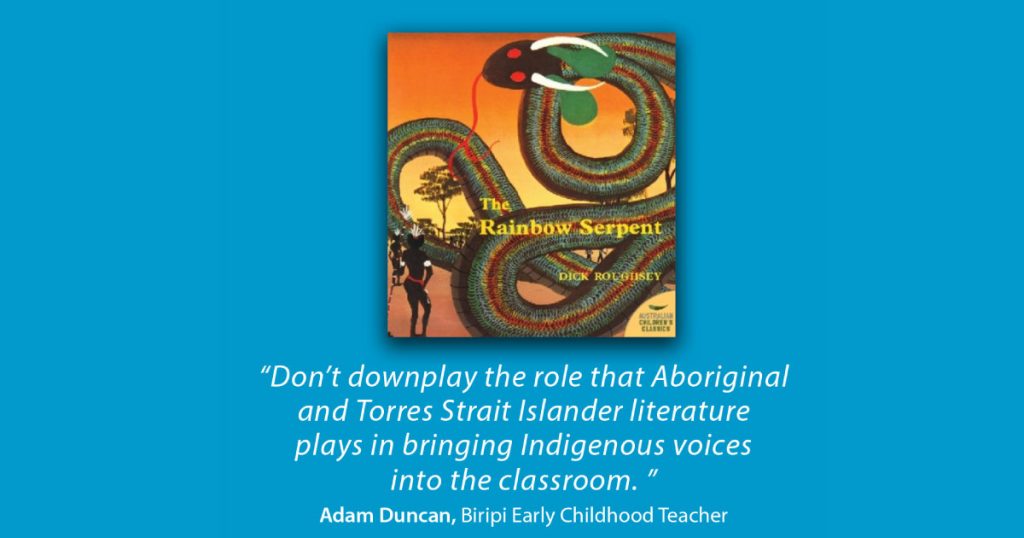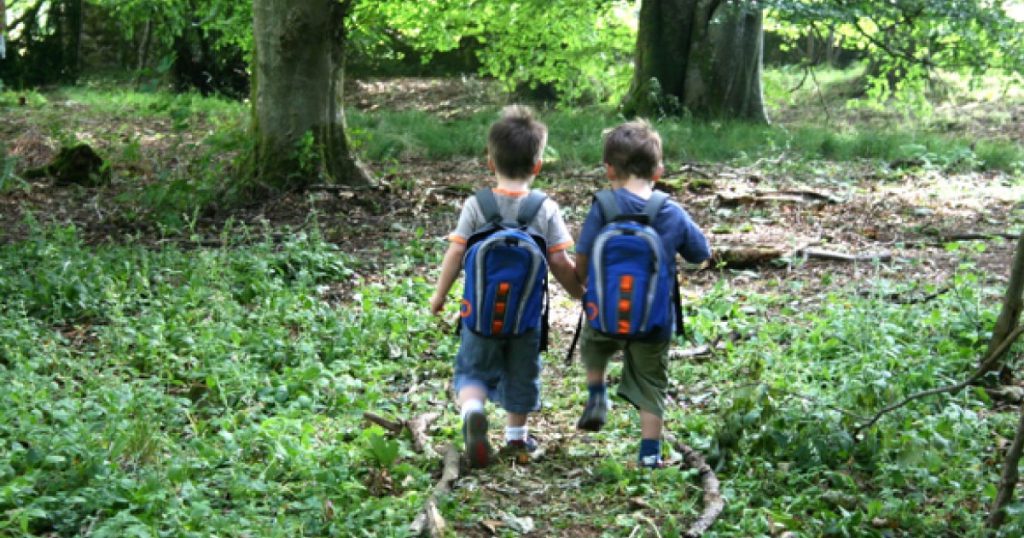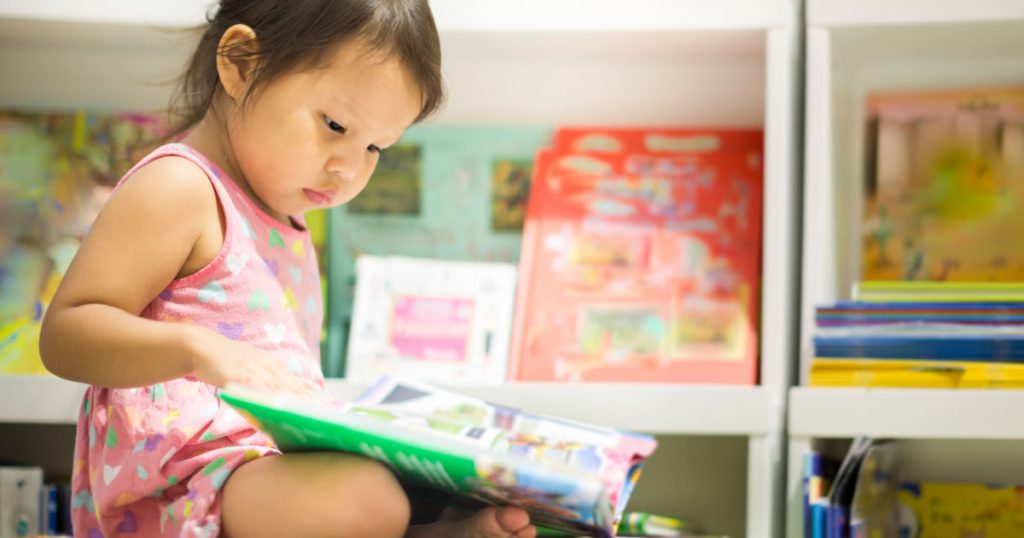 Storytelling exists as a vital aspect of every culture and has existed in every corner of the world which people call home. Stories exist to inform, explore and hypothesise as well as to entertain and amuse. Aboriginal and Torres Strait Islander peoples have used stories as their main way of sharing their worldview and understandings of their surroundings for thousands upon thousands of years.
Storytelling exists as a vital aspect of every culture and has existed in every corner of the world which people call home. Stories exist to inform, explore and hypothesise as well as to entertain and amuse. Aboriginal and Torres Strait Islander peoples have used stories as their main way of sharing their worldview and understandings of their surroundings for thousands upon thousands of years.
In contemporary early childhood education settings, narrative and story continue to play an important role in the development of emergent literacy practice, and often in the engagement and interest of children and young people in broader educational goals and content. Ensuring a diverse collection of stories and storybooks are available to children not only provides them opportunities to engage with a variety of subjects and narrative structures, but also allows for the inclusion of many culturally and sometimes linguistically diverse voices in the early childhood learning setting.
Aboriginal and Torres Strait Islander authors and illustrators bring with them a plethora of life experiences, cultural diversity and often a unique perspective in terms of the artistic practices of their respective cultures. It follows, then, that authentic and meaningful Aboriginal and Torres Strait Islander texts offer early childhood education professionals an important opportunity to incorporate First Nations’ voices into their learning settings.
Casting a confident and critical eye over the literature available to children and young people is a vital part of professional practice in early childhood education, however it is particularly important when looking at literature involving Aboriginal and Torres Strait Islander histories and cultures. It is not enough to simply provide literature by Aboriginal and Torres Strait Islander authors and illustrators; it is also important to unpack the content and explore it effectively in the context of post-colonial Australia.
Engaging children in exploring the complex and challenging concepts of cultural dispossession, language loss and the ongoing difficulties faced by Aboriginal and Torres Strait Islander peoples is not something to shy away from, but to embrace in a supportive, scaffolded and developmentally appropriate manner. First Nations children face these issues every day. I feel that an effective, engaged and understanding early childhood professional should always work, from a critically reflective position, towards giving children the opportunity to develop empathy for their peers who are impacted by things that might otherwise seem too challenging to teach young children about. This is where effective stories and storytelling can help. They can be tools used in the truth-telling process, even with young children.
When taking into consideration the importance of stories and storytelling in reconciliation, and particularly considering the recent end of Reconciliation Week (27 May–3 June), be aware that the value of including literature by Aboriginal and Torres Strait Islander authors and illustrators is a vital resource in normalising and authentically representing Aboriginal and Torres Strait Islander ways of knowing and being in your service all through the year. Reconciliation Week might be a fantastic time to share new stories, but keep them in circulation so they are visible to children and young people all the time and they will come to appreciate these unique voices and important narratives, just like any other stories they come to know and love.
ECA Recommends!
Check out the collection of reconciliation children’s books and resources on the ECA Shop!



